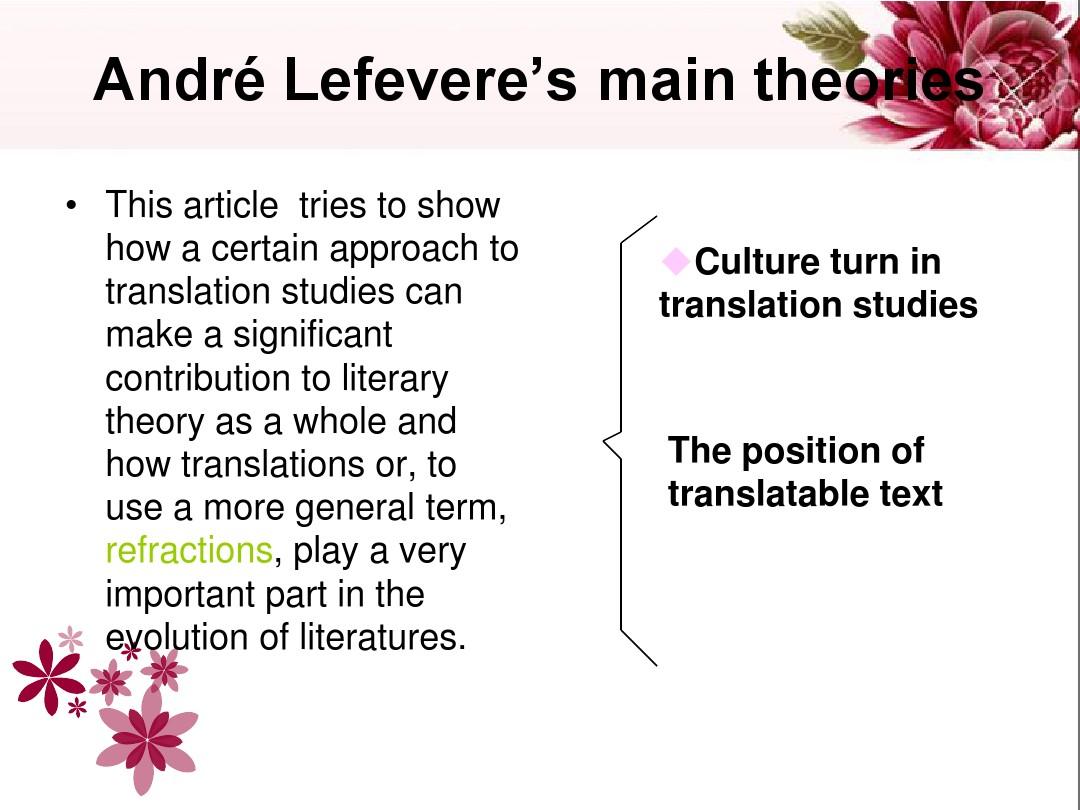Title: The Long-Term Cross-Dressing of Comedians: A Journey Through Gender Identity and Performance
For decades, the world of stand-up comedy has been a haven for those seeking to explore their creativity and push societal boundaries. Among these boundary-pushers are a select group of performers who have taken their comedic talents to new heights by donning costumes and makeup that are traditionally associated with the opposite gender. These "cross-dressing comedians" or "gender-nonconforming comedians" have become a fixture in many comedy clubs and festivals worldwide, captivating audiences with their bold and unconventional styles. In this essay, we will delve into the world of cross-dressing comedians, exploring their unique experiences, challenges, and contributions to the art of stand-up comedy.
The origins of cross-dressing as a comedic device can be traced back to the early days of stand-up comedy in the United States and Europe. During this time, comedians often used elaborate costumes and makeup to portray characters that were outside the norm, such as women disguised as men or vice versa. As stand-up comedy continued to evolve in the 20th century, so did the use of cross-dressing as a comedic technique. Today, cross-dressing comedians are found in virtually every corner of the comedy world, from major theaters and comedy clubs to small independent venues and online platforms.

One of the key reasons why cross-dressing comedians have gained such popularity is their ability to challenge traditional gender roles and stereotypes. By donning costumes and makeup that are traditionally associated with the opposite gender, these comedians are able to subvert expectations and force audiences to reconsider their preconceived notions about gender identity and expression. This can lead to powerful performances that resonate with audiences on a deeper level, as they witness the comedian's authentic self-expression rather than a carefully crafted image.
However, cross-dressing comedians face significant challenges in their pursuit of authenticity and acceptance. For many, donning gendered clothing and makeup is not just about performance; it is an integral part of their personal identity and self-expression. Unfortunately, this can make them vulnerable to discrimination, harassment, and even violence from those who are uncomfortable with or hostile towards gender nonconformity. In some cases, comedians have been accused of "causing harm" or "crossing lines" simply by wearing makeup and clothing that are traditionally associated with the opposite gender. This has led some comedy clubs and festivals to implement policies that restrict cross-dressing comedians or ban them altogether.
Despite these challenges, cross-dressing comedians continue to push boundaries and inspire change in the world of stand-up comedy. By using their craft to challenge social norms and promote understanding about gender identity and expression, they are helping to create a more inclusive and diverse comedy community. Moreover, their willingness to confront prejudices head-on has made them powerful advocates for LGBTQ+ rights and gender justice. In recent years, we have seen several high-profile examples of cross-dressing comedians using their platform to raise awareness about issues related to gender identity and expression. For instance, Sarah Silverman's viral "I Wish You Were Gay" video featured her dressed up as a woman alongside several other prominent comedians, sparking conversations about gender identity and sexuality across the country.

In conclusion, the world of cross-dressing comedians offers a unique glimpse into the complex interplay between gender identity, performance, and societal norms. While their journey is not without its challenges, these brave individuals continue to push boundaries and redefine what it means to be a comedian in today's rapidly evolving cultural landscape. As we move forward, it is essential that we support and celebrate the diversity of voices within the comedy world, including those who use cross-dressing as a tool for self-expression and social change. After all, at their core, stand-up comedians are storytellers – stories that have the power to unite us, challenge us, and ultimately transform us into better versions of ourselves.
Articles related to the knowledge points of this article:
The beauty of white duck down jackets
Title: The Perfect Pairing: How to Match a Purple Shirt with a Tie
The Essence of Comfort: The Uniqlo Down Jacket
Title: The Art of Silk Scarf Tying: A Cultural Expression
Title: Unveiling the Enigmatic Allure of Silk Scarfs: A Cultural and Fashion Exploration



